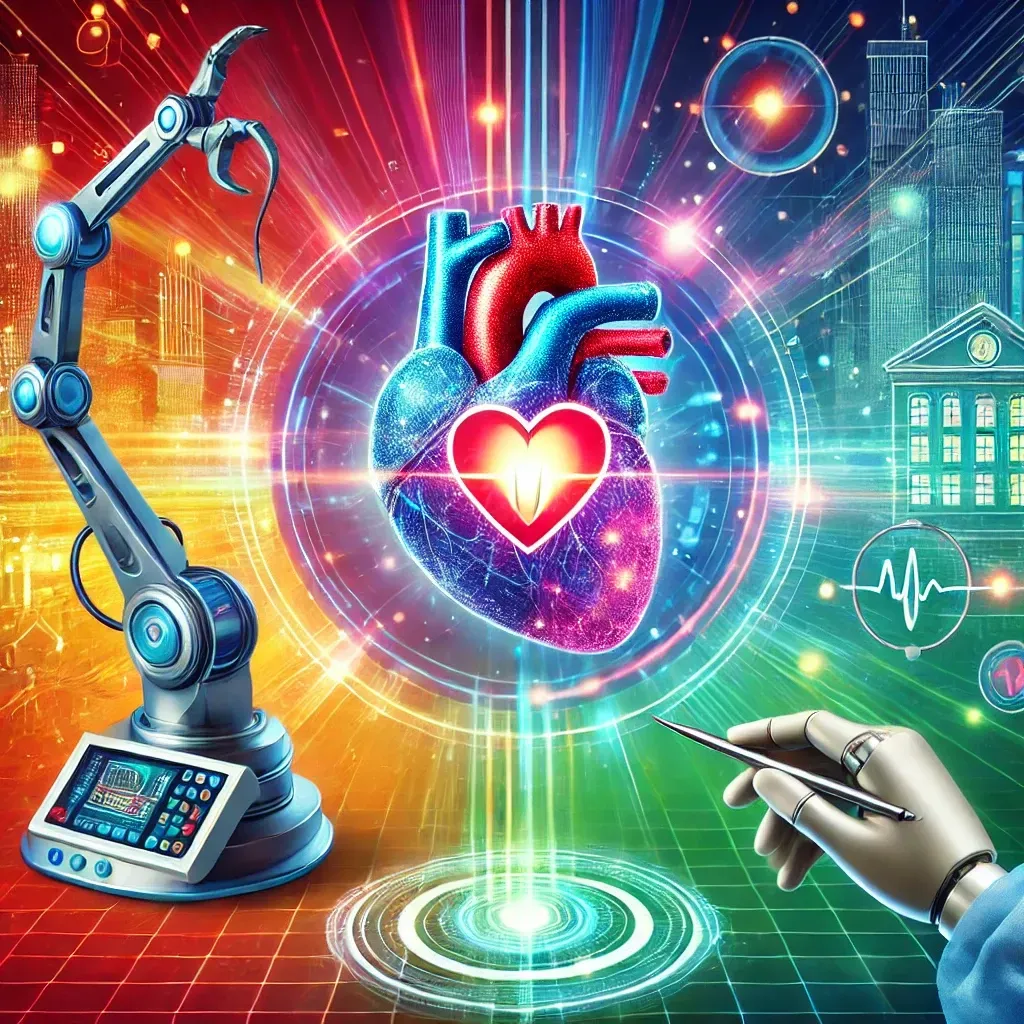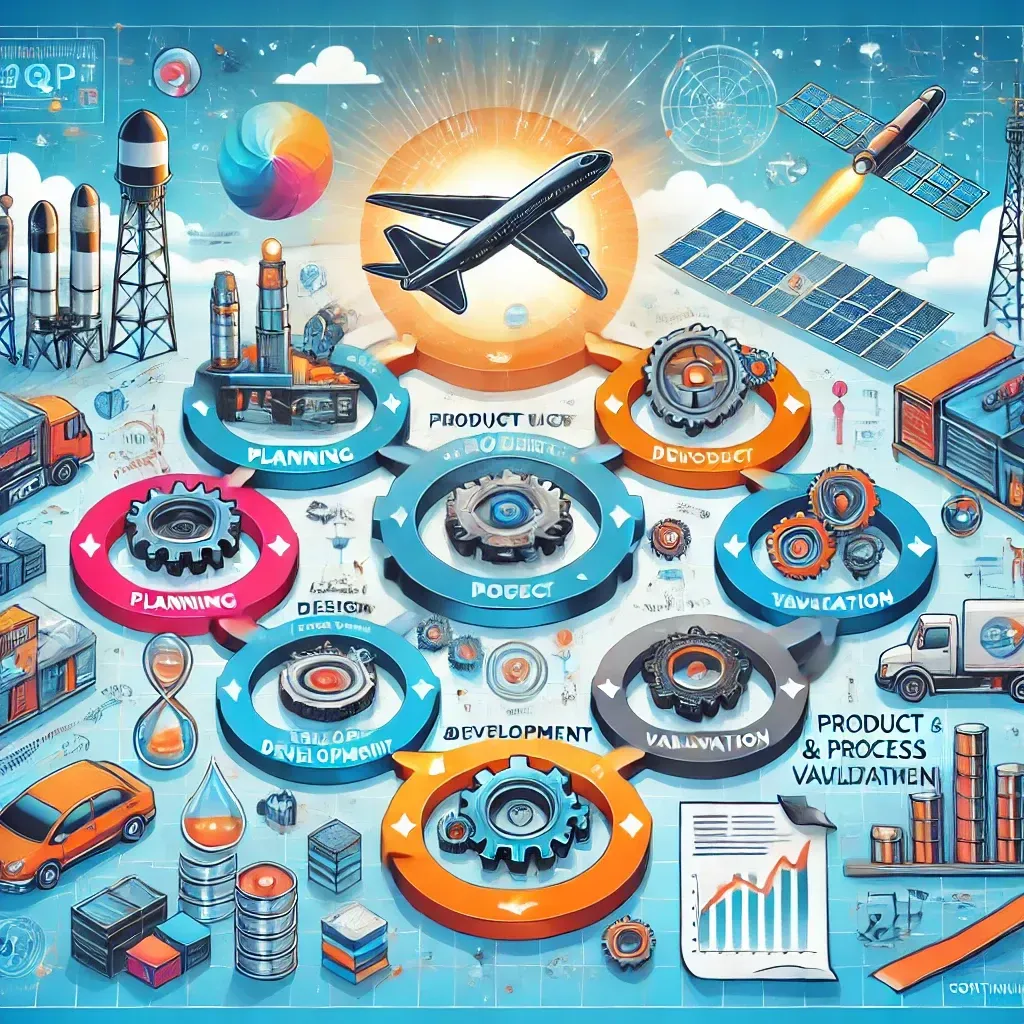what are the BAT updates for chemical and textile industry
The EU has adopted new legal norms under the Industrial Emissions Directive to reduce the environmental impact of the chemical and textile industries. The norms, based on Best Available Techniques (BAT), target emissions from the waste gas management and treatment systems in the chemical sector and the wet processing of textiles. The chemical industry has four years to adapt to the norms, while new facilities must comply immediately. The new environmental criteria include stricter binding levels for volatile organic compounds and a management system for preventing, reducing, and quantifying diffuse emissions. The norms aim to increase environmental protection while boosting the competitiveness of industry, in line with the EU Chemicals Strategy for Sustainability and the Zero Pollution ambition.
BAT stands for Best Available Techniques, which are techniques and practices that represent the most effective and advanced methods for preventing or minimizing environmental impacts in a specific industry or sector.
BAT stands for Best Available Techniques. It is a concept used in environmental management that refers to the most effective and advanced techniques and practices available for preventing or minimizing environmental impacts caused by industrial activities. BAT is considered the state of the art of environmental protection for specific sectors or activities, taking into account the technological and economic feasibility of implementation.
The European Union (EU) Industrial Emissions Directive (IED) requires industrial installations to apply BAT to minimize their environmental impact. This directive covers around 52,000 larger industrial and livestock installations across the EU, such as chemical plants, refineries, waste incinerators, and large-scale animal farms. The IED requires these installations to hold a permit based on the use of BAT.
The BAT reference documents (BREFs) are the main tool used to determine what techniques and practices can be considered BAT in a given sector or activity. The BREFs are developed by the European Integrated Pollution Prevention and Control Bureau (EIPPCB) based in Seville, Spain, through a process known as the Sevilla process. The process involves an extensive, inclusive, and transparent exchange of information between stakeholders, including industry, environmental organizations, and regulatory bodies. Based on this process, the EIPPCB proposes BAT, which are then debated and discussed during several-day meetings between experts and agreed by consensus before their inclusion in the BREFs. The BAT conclusions are then formally adopted by the European Commission.
BAT can include a range of measures, such as reducing energy and water consumption, minimizing emissions to air, water, and soil, reducing waste generation, improving waste management practices, and using sustainable and innovative technologies. By implementing BAT, industries can achieve significant reductions in their environmental impact while improving their efficiency and competitiveness.
Overall, BAT is an important concept in environmental management, particularly in the industrial sector, where it provides a framework for achieving environmental protection while taking into account the technological and economic feasibility of implementation.
The updates for BAT in the chemical and textile industries vary by country and region, as different regulatory bodies may have different guidelines and requirements. However, here are some general updates and trends:
Chemical industry:
- Increasing focus on reducing greenhouse gas emissions and energy consumption through the use of renewable energy sources and energy-efficient processes
- Enhanced monitoring and control of emissions to air, water, and soil, particularly for substances of concern such as persistent organic pollutants (POPs)
- Improving waste management practices, including the reuse and recycling of materials and the reduction of waste generation
- Implementation of safer and more sustainable chemical processes, such as green chemistry and process intensification
Textile industry:
- Greater emphasis on sustainable sourcing and production of raw materials, such as organic cotton and recycled polyester
- Increasing use of eco-friendly dyes and chemicals that minimize water use and waste generation
- Implementation of more efficient water and energy management practices, such as using closed-loop systems to recycle water and recovering heat from production processes
- Encouraging circular economy approaches, such as the reuse and recycling of textile waste and end-of-life products.
These updates reflect the industry's efforts to improve their environmental performance and move towards more sustainable practices.
It is important for organizations in Israel to also follow European reference documents, because today the requirements for implementing Best Available Techniques (BAT) technology already apply to 190 facilities committed to air emission permits.
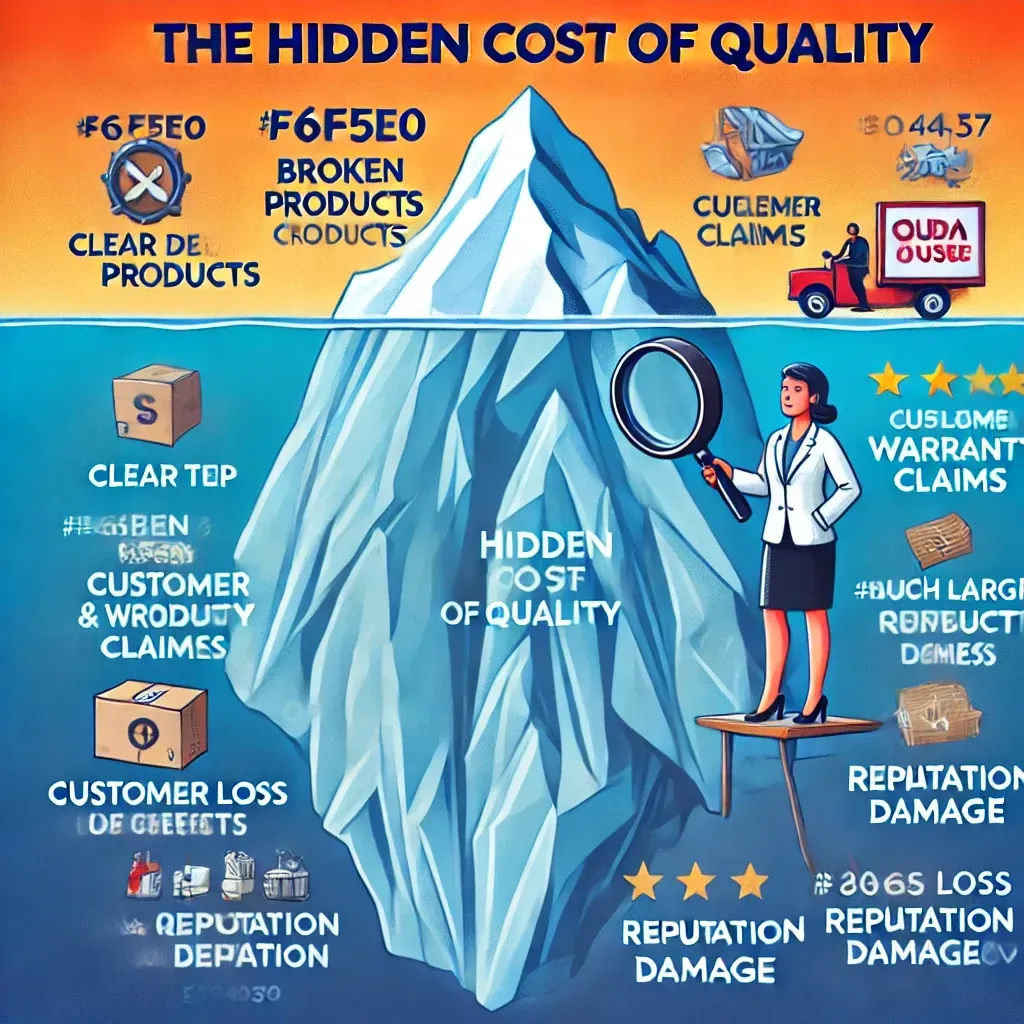
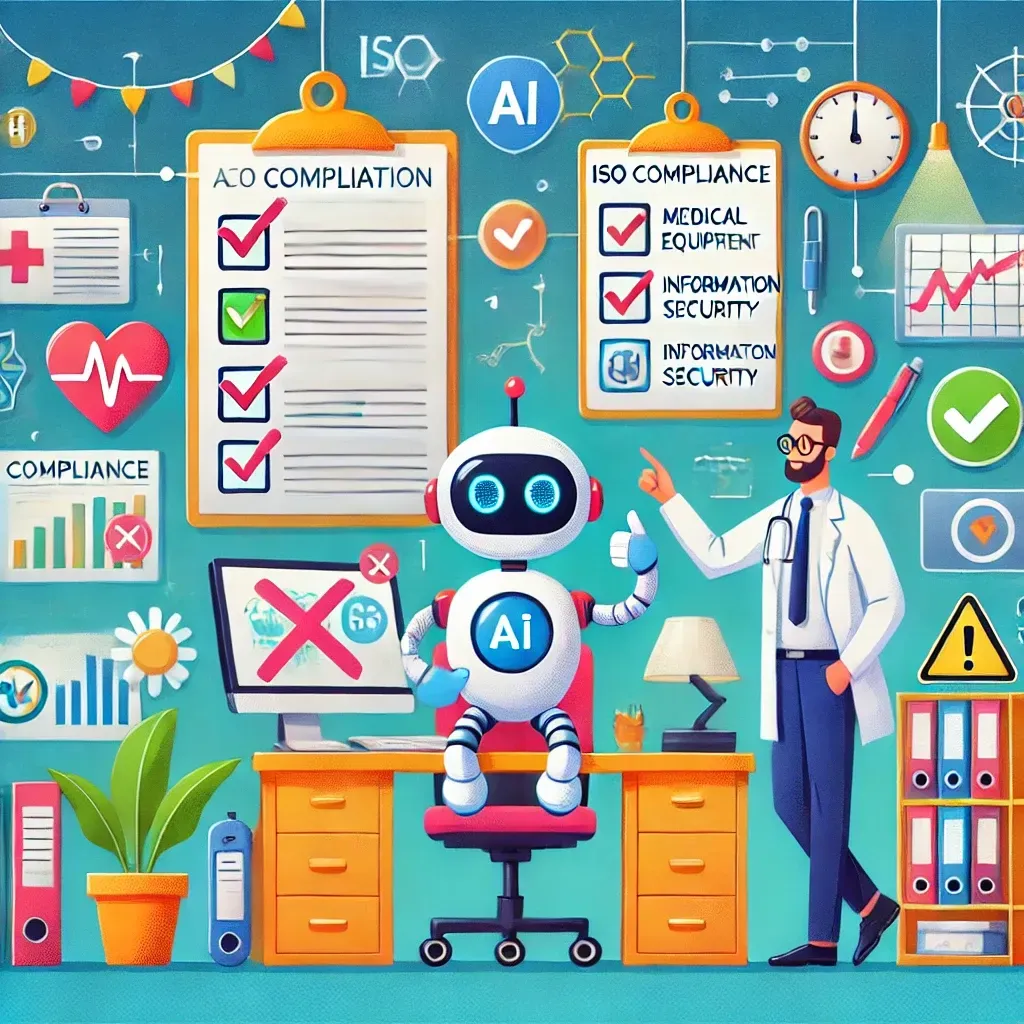
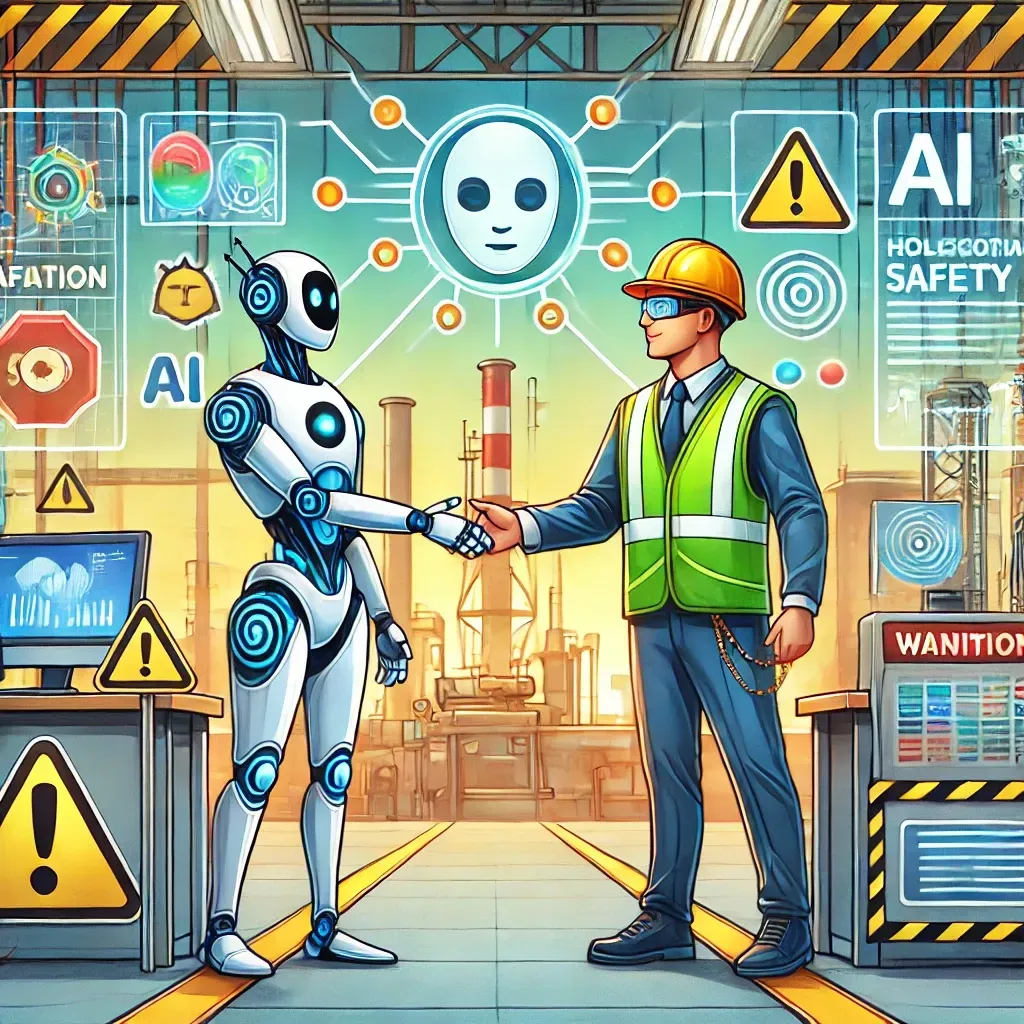
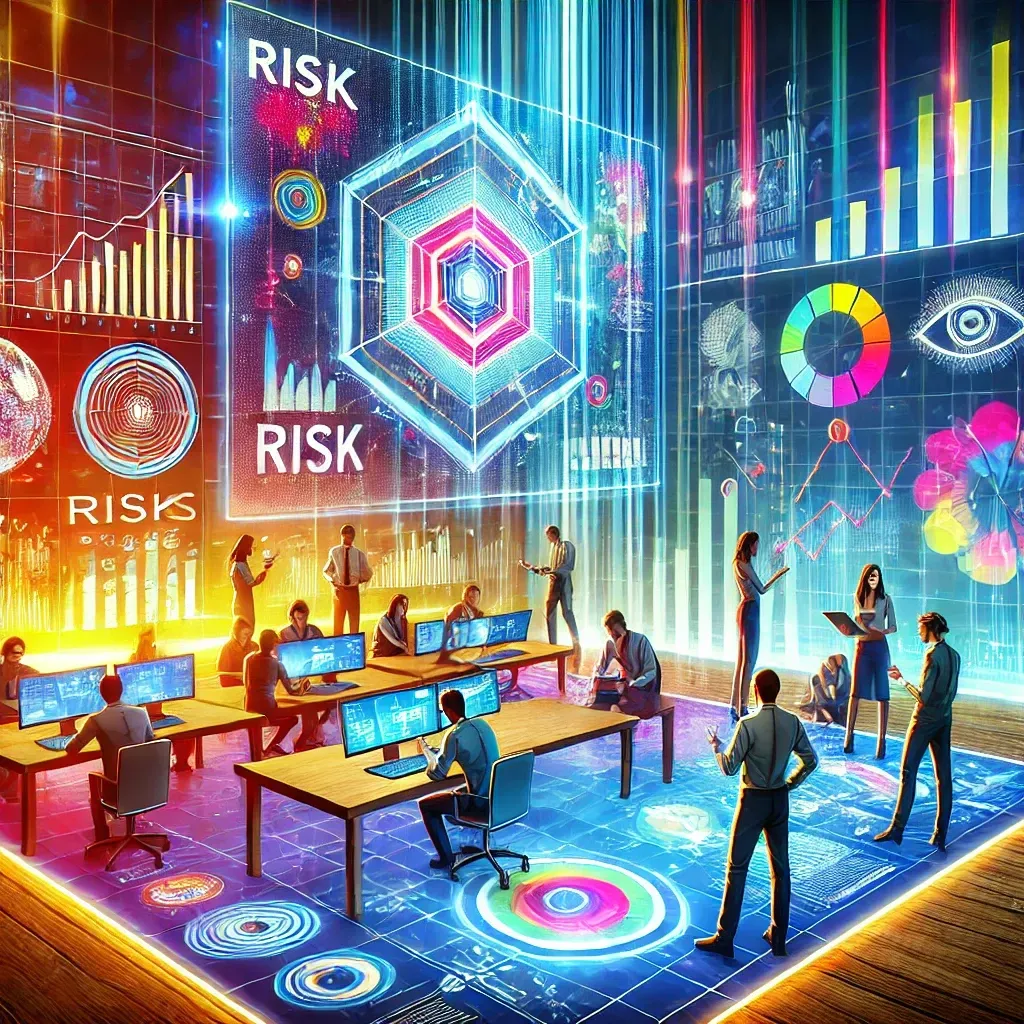

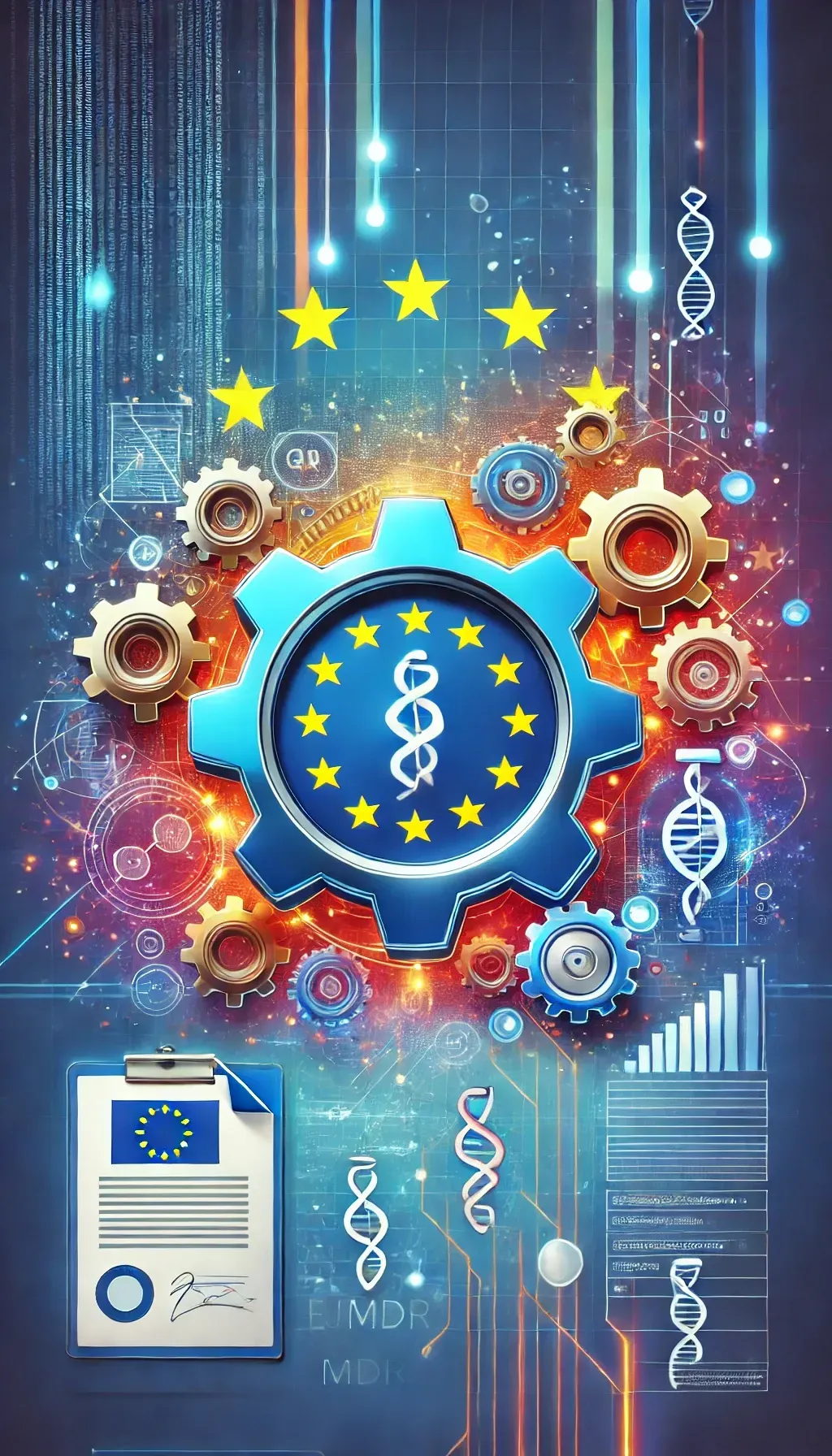
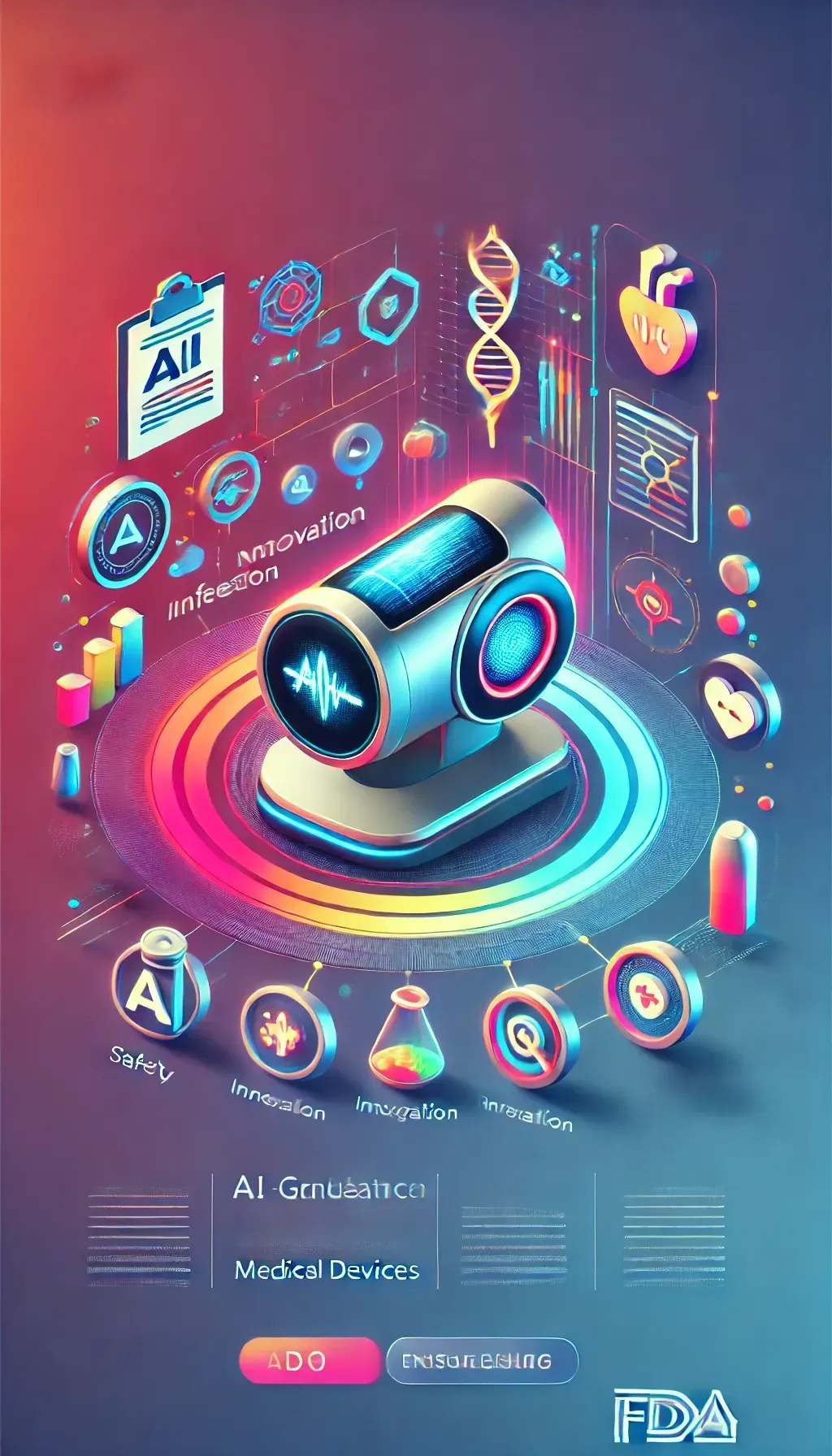
Contact Us
תודה רבה, הטופס נשלח בהצלחה
אירעה שגיאה בהזנת הפרטים, אנא נסו שנית
פרטי התקשרות
רחוב - הכלנית 26, כפר סבא
טלפון - 054-2277887
פקס - 09-7770139
מייל - ronit@ronitsadeh.com
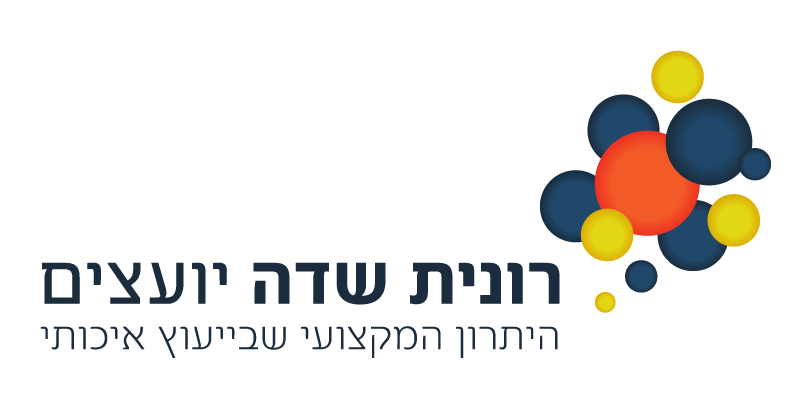
האתר נבנה ועוצב ע"י חברת קודנט בניית אתרים לעסקים | קידום אורגני
